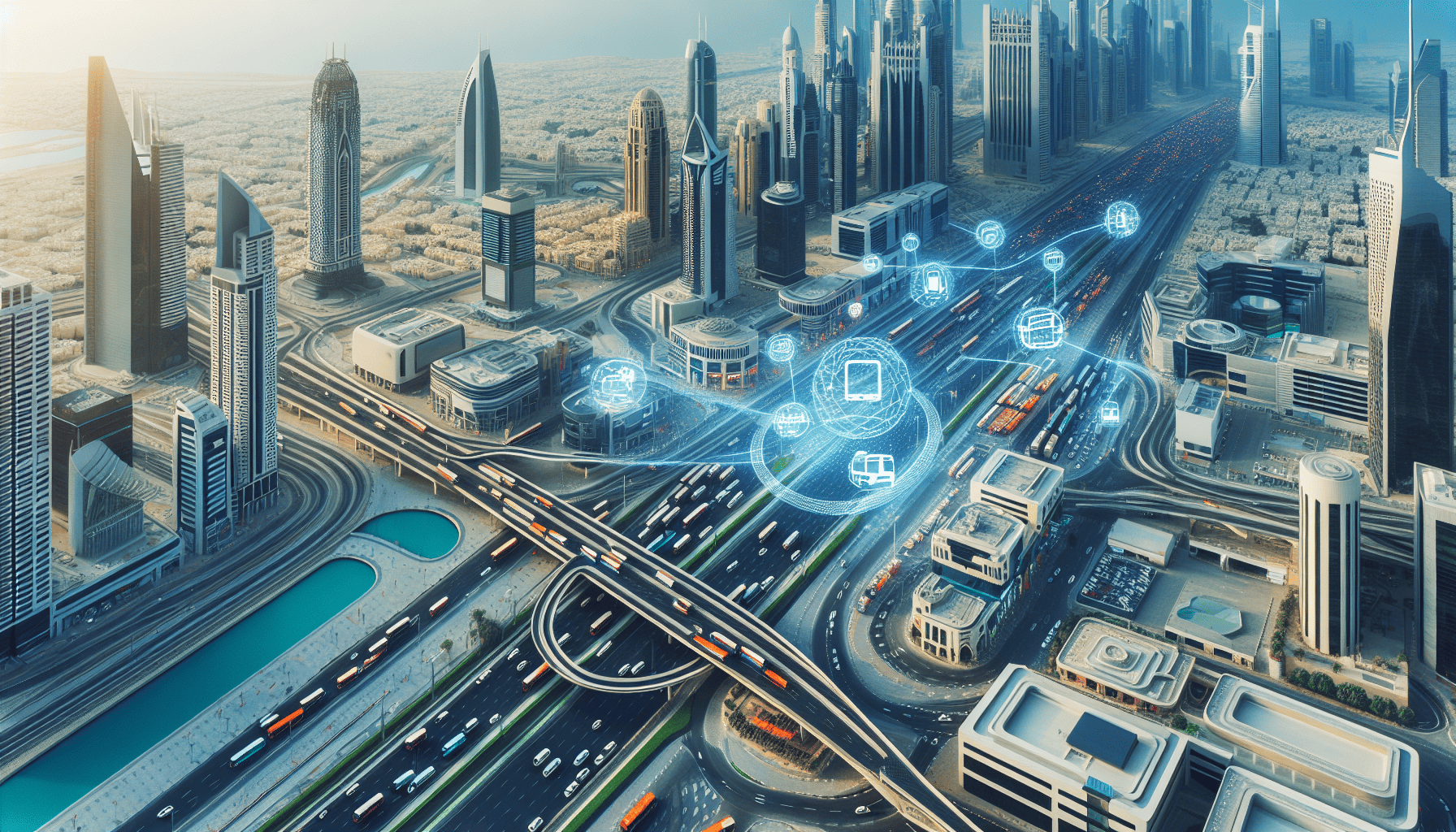The United Arab Emirates (UAE) is a nation characterized by rapid urbanization and sprawling landscapes, making the development of comprehensive transport strategies critically important. As the country continues to grow both economically and demographically, ensuring efficient and sustainable mobility across urban and rural areas has become a priority. This article explores various transport strategies that the UAE is implementing to enhance mobility, integrate innovative technologies, and promote environmental sustainability.
Urban Transport Solutions
In urban centers such as Dubai and Abu Dhabi, the focus is on developing integrated transport systems that can efficiently manage large volumes of commuters. Key strategies include:
-
Expanding Public Transit Networks: The expansion of metro lines in Dubai and the introduction of new bus routes aim to offer residents reliable and affordable alternatives to private car usage. The Dubai Metro and Abu Dhabi's modern bus services are crucial in reducing congestion and lowering carbon emissions.
-
Smart Mobility Initiatives: The integration of smart technologies is transforming public transportation. Initiatives like the 'RTA Smart Drive' app provide real-time traffic updates and route optimization, making daily commutes more efficient. Additionally, AI-driven traffic management systems help streamline traffic flows and reduce bottlenecks.
-
Non-Motorized Transport: Increasingly, urban transport strategies include the development of pedestrian-friendly zones and cycling paths. By encouraging walking and cycling, the UAE promotes healthier lifestyles and reduces vehicular congestion.
Rural Transport Enhancements
Despite the focus on urban centers, the UAE recognizes the importance of improving mobility in its rural areas, which are often overlooked but are essential for connecting remote communities.
-
Road Infrastructure Development: Extensive road network upgrades are underway to connect rural areas better with urban centers. These improvements enhance economic opportunities by easing access to markets, healthcare, and education facilities.
-
Public Transport Accessibility: By extending bus service coverage into rural areas, the UAE ensures that isolated communities have access to essential services. This initiative is vital for reducing social isolation and enhancing quality of life for rural residents.
-
On-Demand Transit Solutions: The UAE is exploring emerging technologies such as on-demand shuttle services. These services operate with flexible scheduling and routing, offering convenience for rural populations where fixed-route bus services are less viable.
Sustainable and Technological Innovations
Sustainability is a core pillar of the UAE's transport strategy. The nation is investing in green transport technologies that align with its vision for a cleaner future.
-
Electric and Autonomous Vehicles (EVs and AVs): The UAE has set ambitious targets to electrify public transit fleets and foster the adoption of electric vehicles among citizens. Moreover, trials for autonomous vehicle technologies are ongoing, with the vision to integrate AVs into public and private transport systems, enhancing safety and efficiency.
-
Renewable Energy Integration: Solar-powered charging stations and electric buses running on renewable energy sources depict the UAE's commitment to minimizing carbon footprints in transport.
-
Smart Infrastructure: Implementation of intelligent transport systems (ITS) and smart roads is underway, enhancing vehicle communication and promoting safer and more efficient mobility.
Collaborative and Inclusive Approach
The UAE's transport strategies emphasize collaboration between government entities, private sectors, and communities. Involvement of stakeholders is crucial for comprehensive planning and successful execution.
-
Public-Private Partnerships (PPPs): Collaborations with private stakeholders accelerate infrastructure projects and introduce innovative solutions, minimizing financial burdens and enhancing service quality.
-
Community Engagement: Actively involving communities in transport planning ensures that the strategies align with local needs and priorities, leading to higher efficacy and acceptance.
In conclusion, the UAE's comprehensive transport strategies aim to enhance mobility in both urban and rural areas by leveraging cutting-edge technologies, emphasizing sustainability, and fostering inclusive collaboration. These multifaceted approaches not only improve connectivity but also contribute to the nation's broader vision of becoming a leader in smart and sustainable urban development, providing a model for others to follow.
